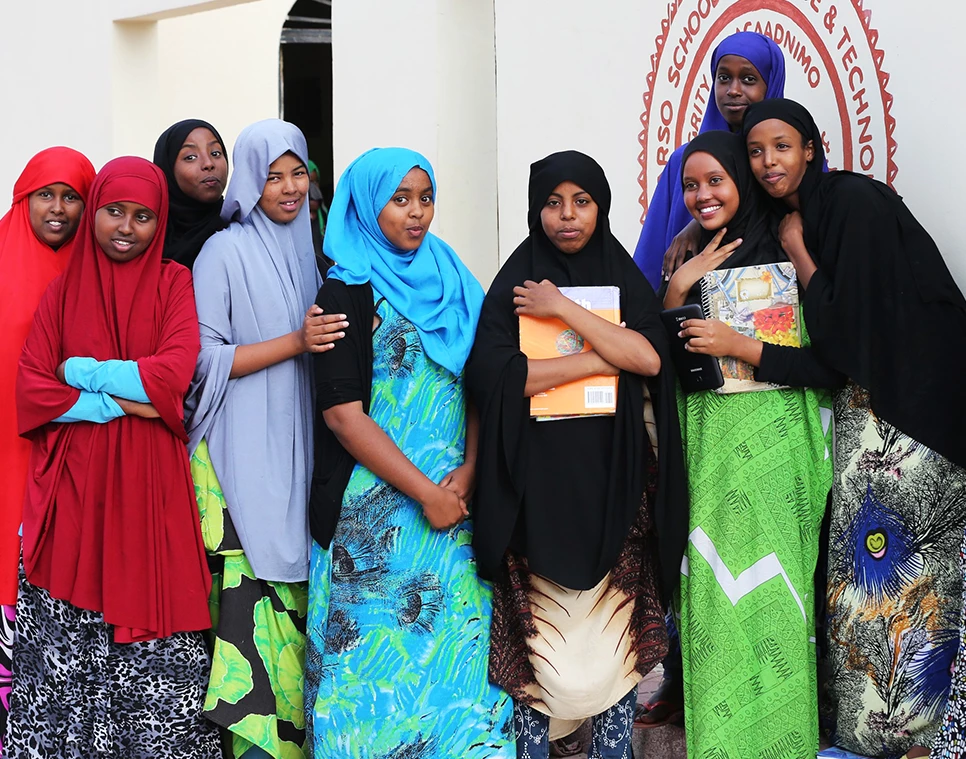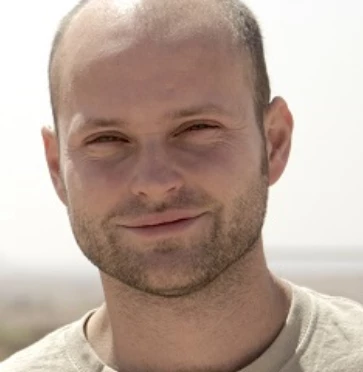
Editor's note: This is a guest blog by Jonathan Starr, founder of Abaarso School of Science and Technology, and the author of “It Takes A School.”
60 Minutes, The New York Times, MSNBC, BBC, and CNN are just some of the media outlets that have covered the story of Abaarso School in Somaliland. Abaarso is also the subject of a recently released book, It Takes A School, and an upcoming documentary, Somaliland, The Abaarso Story. All this attention is the result of Abaarso’s extraordinary success, despite conventional wisdom believing Abaarso’s results were impossible anywhere, never mind in the unrecognized breakaway country of Somaliland. Given Abaarso’s achievements and modest price tag, its approach is worth a deeper dive for lessons that can be applied elsewhere.
Abaarso was founded in 2009 as an American-style, private, not-for-profit school in Somaliland. In 2013, when its first students graduated, they gained the first scholarships to American universities that Somaliland or Somalia had seen in decades.
Today, there are over 80 Abaarso students continuing their education abroad, the majority in the US, including at such prestigious institutions as Harvard, Yale, Brown, and MIT. In total Abaarso students have gained $17 million in scholarships/financial aid vs. only $3 million in donations that were needed to construct the school from nothing and run it for eight years; proof that a successful project need not break the bank.
While the Somaliland people were initially skeptical of an American school in their country, along with Abaarso’s success came their strong support. Abaarso now has demand that is 30 times the school’s capacity, despite charging a base-level tuition that’s sufficient to cover students’ cost of attendance; clear proof that the Somaliland people value this education and would like to see it expanded to a much wider population. Not only does this provide an opportunity to scale much deeper within the Somali market, it also affords Abaarso significant financial sustainability as the school can always choose to self-fund through tuition.
Abaarso now has its first handful of foreign university graduates and they are all focused on returning home to develop their country. Several will be teaching for Abaarso this coming year, the beginning of a process which will ultimately see the school run by its alumni. Abaarso alumni’s return home defies typical beliefs about “brain drain,” but it is not a surprise to those who spent years working at the school; improving their country is in the Abaarso students’ DNA, reinforced during and after their time at the school.
In analyzing Abaarso’s success, it is critical to see that the school breaks virtually every preconceived notion of educational achievement, with students from poor backgrounds and large mostly uneducated families, a faculty with few trained teachers and high turnover, and a founder and head of school who is neither from the local community nor trained as an educator. As Anderson Cooper said about Abaarso, “It sounds like a recipe for disaster.” With all the wrong inputs, how did this go so right?
The answer is in fact quite simple and replicable: Abaarso convinced students that it was worthwhile to invest each and every day in making themselves better. We helped them find purpose in their lives – working to eventually lead their country forward - and they in turn pushed themselves to become great.
The “secret sauce” really is that basic, though executing on it is a constant challenge. At Abaarso, we used their life situation as an advantage, not a liability, showing them two sharply contrasting routes. On the one hand, they could continue as they had before Abaarso, eventually finding themselves uneducated, unemployed, and attracted to extreme solutions such as dangerous illegal migration to Europe.
Alternatively, they could give everything they had to grow academically and as people. We convinced them that if they did their part then we’d do ours, both educating them and finding opportunities for their continued education. We’d love them like family and support them in their quest to become heroes who lead their people forward. It took daily reminders and clear markers of success, but ultimately this became ingrained in their minds. There were no shortcuts to this school culture.
It is natural for development economists to look for solutions that are tangible, as those are the easiest to roll out en masse. People see Abaarso’s success and they want the explanation to be in our facilities, curriculum, technology, and the like. They want a solution that can be purchased, like an iPad or specific text. Of course if there were a silver bullet in education then there wouldn’t be so many failed systems, even in the developed world.
One can copy the purchasable aspects of Abaarso to the letter and still get entirely different and inferior results. Without the right leadership and school culture, thousands of donated laptops are more likely on a path to the black market than they are to put students on the road to education. Without the right leadership and school culture, such resources are not truly assets.
Abaarso School is a prime example of an organization with the capabilities to convert limited resources into exponentially greater assets to society.
Follow the World Bank Group Education team on Twitter @wbg_education.


Join the Conversation